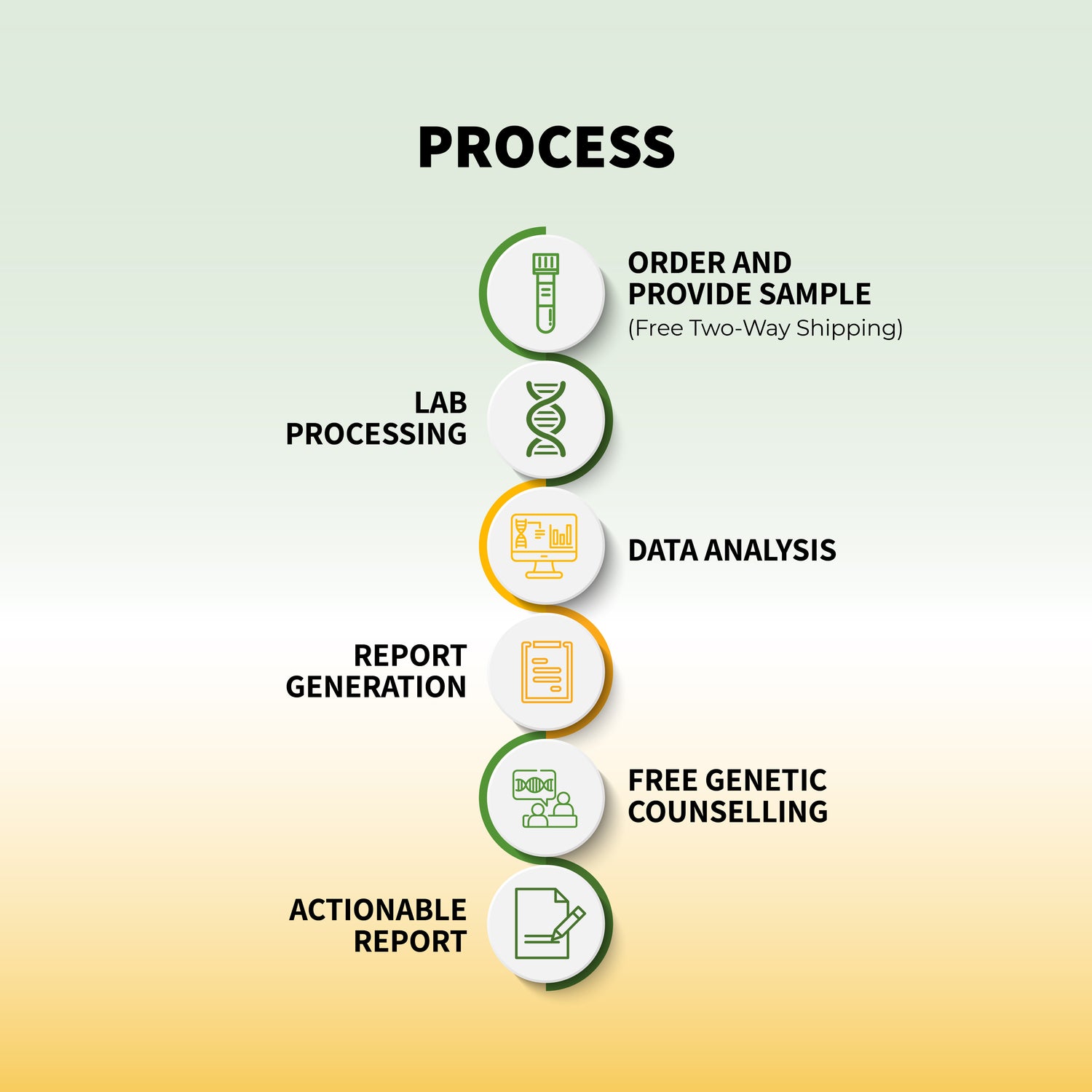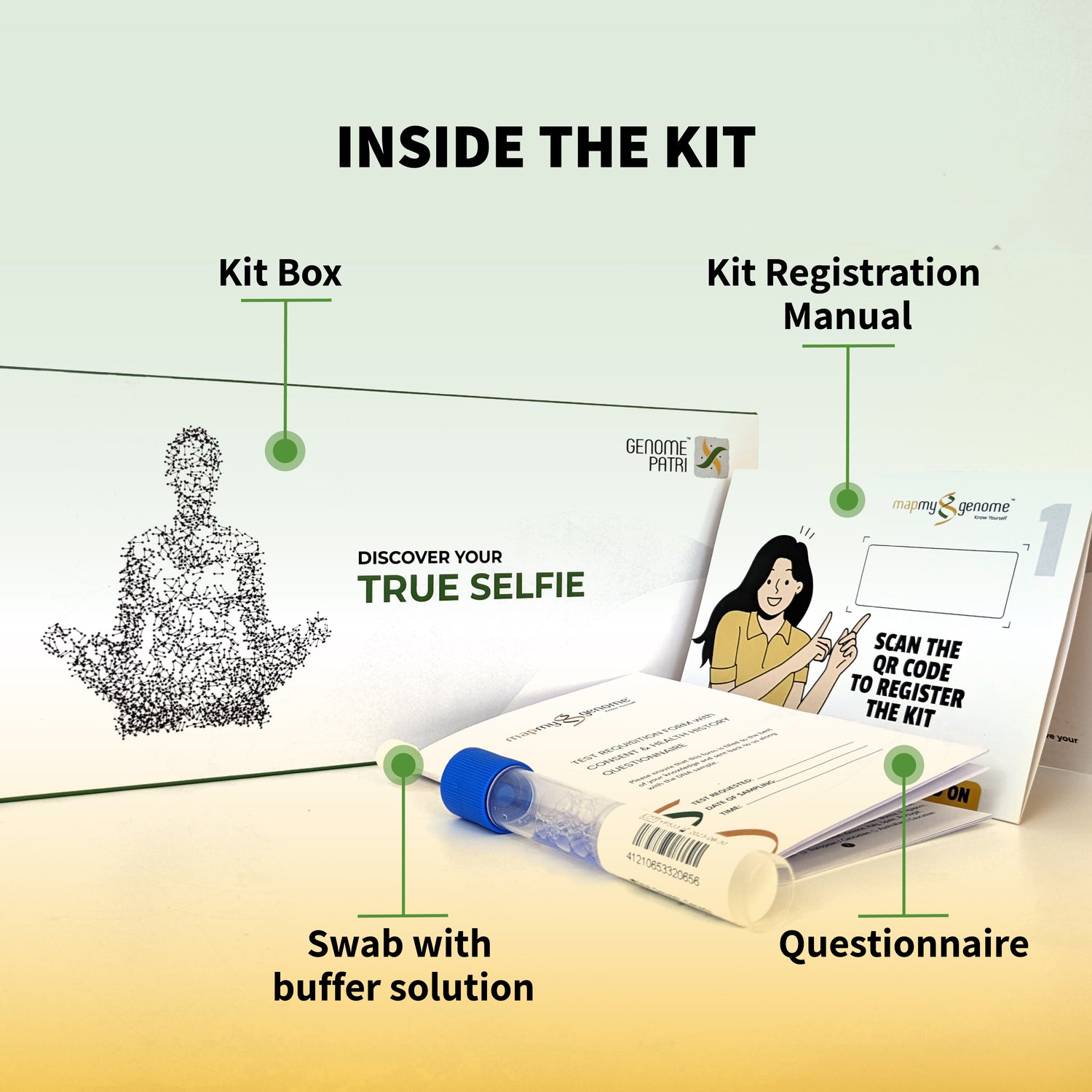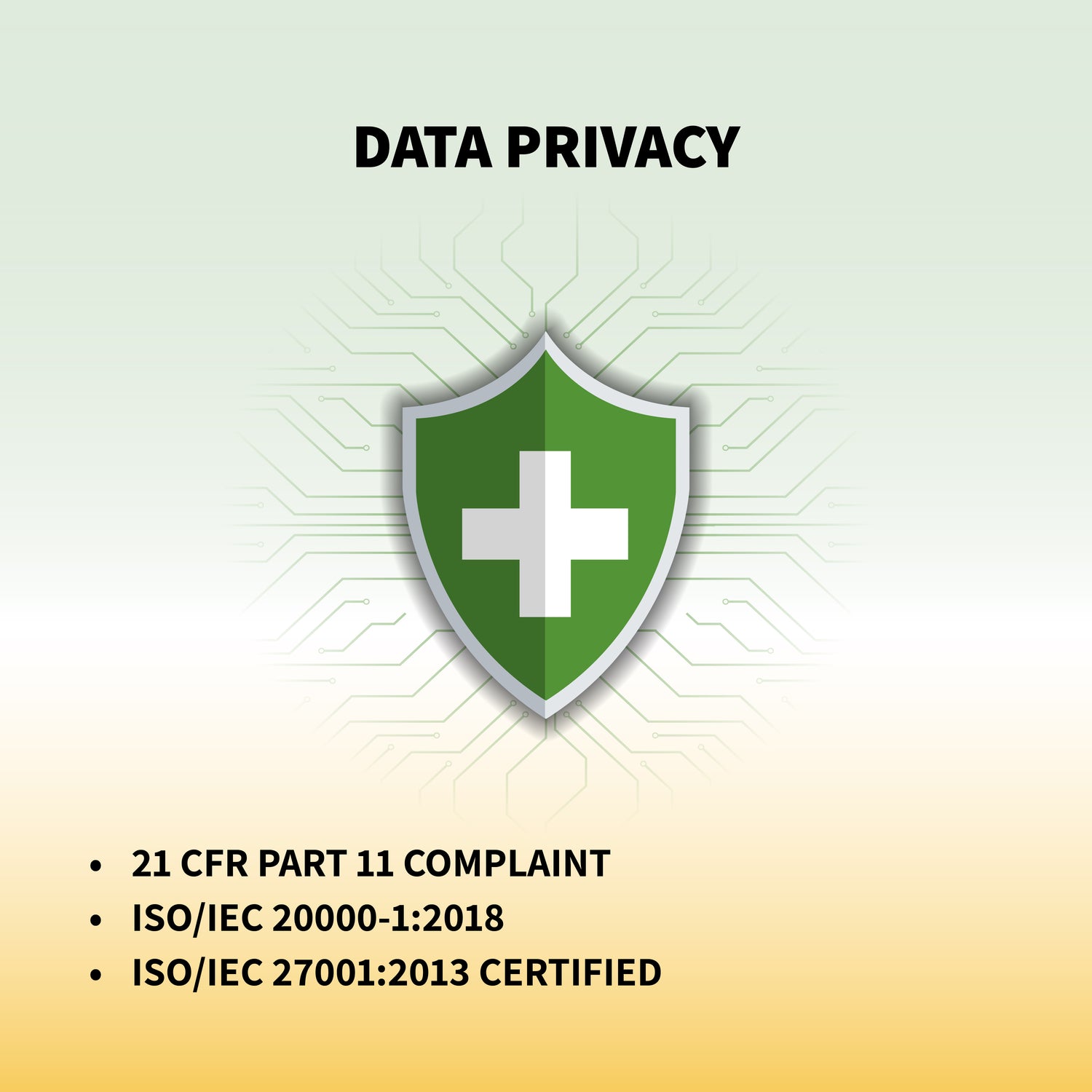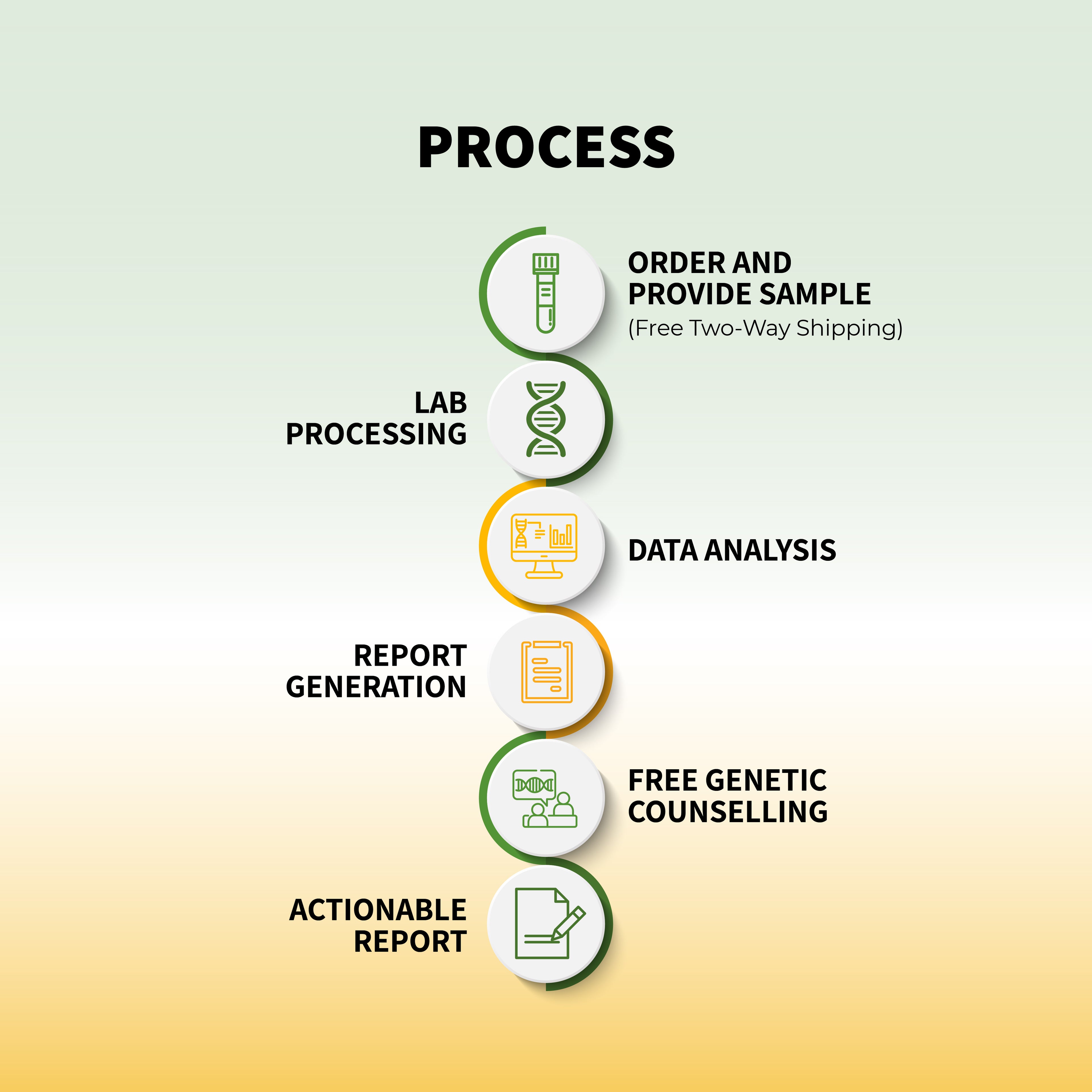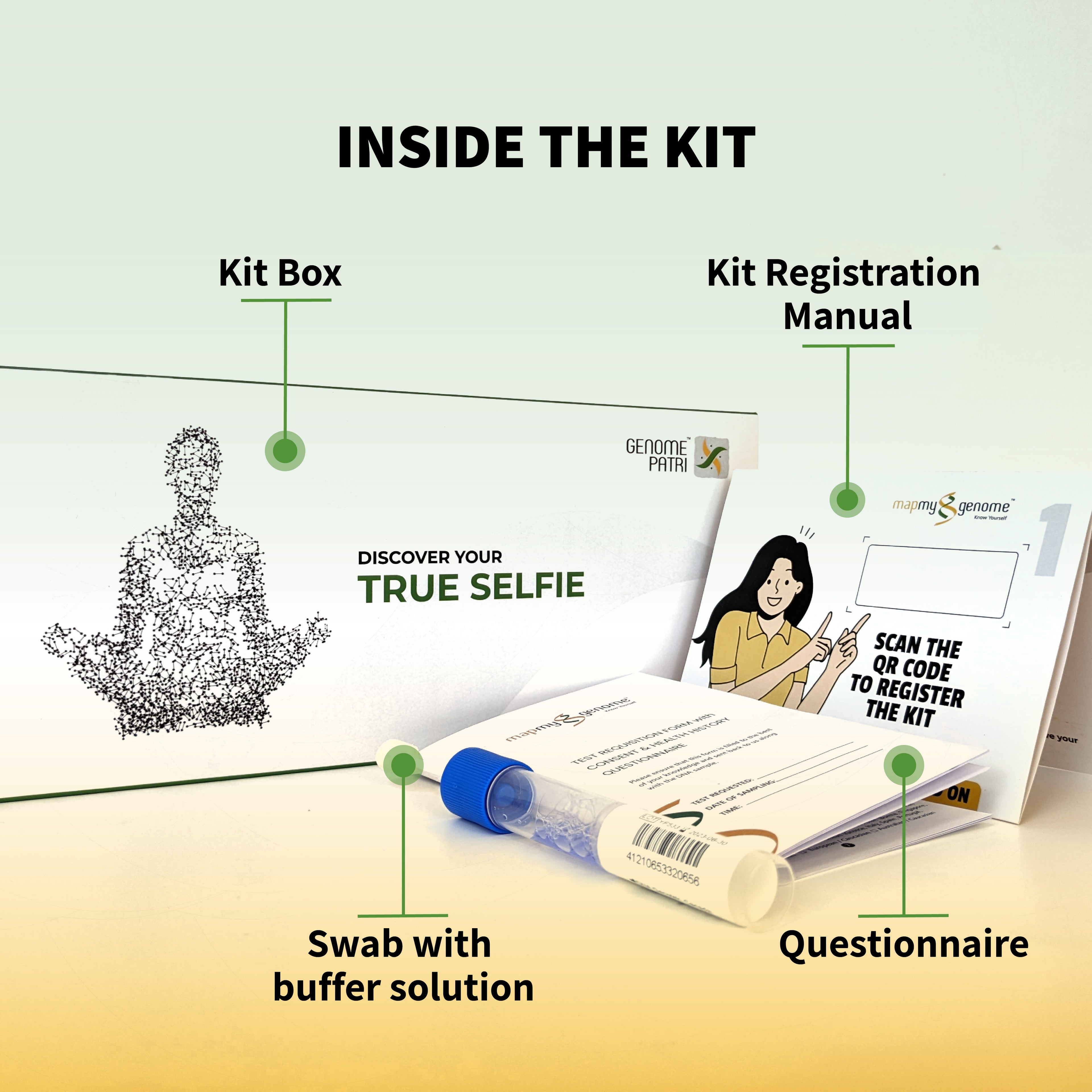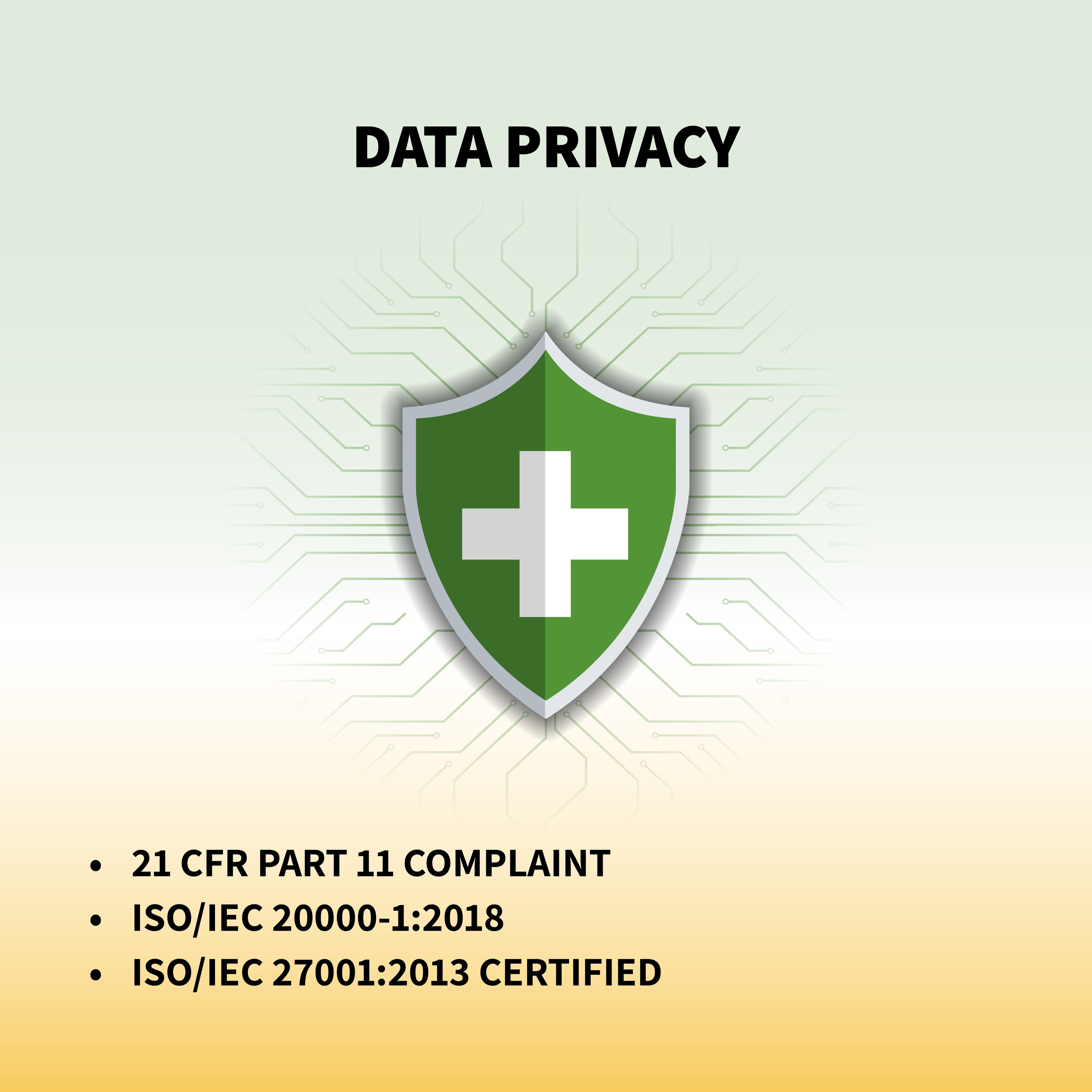India's healthcare sector is on the cusp of a technological revolution, with 5G technology poised to redefine how medical services are delivered and accessed. From enhancing telemedicine advancements to strengthening the digital health infrastructure, 5G promises to bridge the gap between urban medical facilities and rural healthcare needs.
In this article, we'll explore how 5G healthcare in India is set to revolutionize patient care, improve accessibility, and address existing challenges.
What is 5G, and Why Does It Matter for Healthcare?
5G, the fifth generation of mobile networks, offers ultra-fast data speeds, low latency, and the capacity to connect a vast number of devices simultaneously. In the context of healthcare, these features translate to:
-
Real-time remote consultations: Enabling doctors to diagnose and treat patients virtually with minimal delay.
-
Enhanced remote monitoring: Allowing continuous tracking of patient vitals through connected devices.
-
Efficient data management: Facilitating rapid transfer and analysis of large medical files like MRIs and CT scans.
Telemedicine Advancements Powered by 5G
High-Quality Virtual Consultations
With 5G, telemedicine can offer high-definition video consultations, ensuring clear communication between doctors and patients, regardless of their locations. This is particularly beneficial for individuals in remote areas who previously had limited access to specialized care.
Real-Time Diagnostics and Remote Procedures
5G's low latency enables real-time diagnostics, where medical professionals can analyze patient data instantaneously. Moreover, it paves the way for remote surgical procedures, where specialists can guide or even perform surgeries from distant locations using robotic tools.
Strengthening Digital Health Infrastructure in India
Smart Ambulances and Emergency Response
Innovations like 5G-enabled ambulances are transforming emergency care. These vehicles are equipped with advanced medical equipment and real-time communication tools, allowing paramedics to consult with hospital-based doctors en route, ensuring patients receive timely and informed care.
Remote Patient Monitoring
Wearable devices connected via 5G networks can continuously monitor patient health metrics, such as heart rate and blood pressure. This data can be transmitted to healthcare providers in real-time, facilitating proactive interventions and reducing hospital readmissions.
Challenges in Implementing 5G in Healthcare
While the potential benefits are immense, integrating 5G into healthcare services comes with challenges:
-
Infrastructure Costs: Upgrading existing medical facilities to support 5G can be expensive.
-
Training Requirements: Healthcare professionals need training to effectively utilize new technologies.
-
Data Security: With increased data transmission, ensuring patient privacy and data protection becomes paramount.
The Road Ahead: Opportunities for Growth
Despite the challenges, the integration of 5G in healthcare presents numerous opportunities:
-
Enhanced Rural Healthcare: Bridging the urban-rural divide by providing quality medical services to remote areas.
-
Personalized Medicine: Leveraging real-time data to tailor treatments to individual patient needs.
-
Collaborative Research: Facilitating large-scale medical research through efficient data sharing and analysis.
FAQs: Understanding the Impact of 5G on Healthcare Services
Q1: How will 5G improve telemedicine services in India?
5G will enhance telemedicine by providing high-speed, low-latency connections, enabling real-time video consultations, rapid data transfer, and improved remote diagnostics.
Q2: What are the benefits of 5G-enabled remote patient monitoring?
5G allows continuous monitoring of patient vitals through connected devices, ensuring timely interventions and reducing the need for frequent hospital visits.
Q3: Are there any security concerns with using 5G in healthcare?
Yes, with increased data transmission, there's a heightened risk of data breaches. Implementing robust cybersecurity measures is essential to protect patient information.
Q4: Will 5G technology be accessible in rural areas?
While initial rollouts focus on urban centers, efforts are underway to expand 5G infrastructure to rural regions, aiming to improve healthcare accessibility across India.
Conclusion
The integration of 5G technology in healthcare services holds the promise of transforming India's medical landscape. By enhancing telemedicine advancements and strengthening the digital health infrastructure, 5G can bridge existing gaps, making quality healthcare more accessible and efficient. As India continues to embrace this technological evolution, the focus must remain on addressing challenges to ensure a seamless and secure transition.





